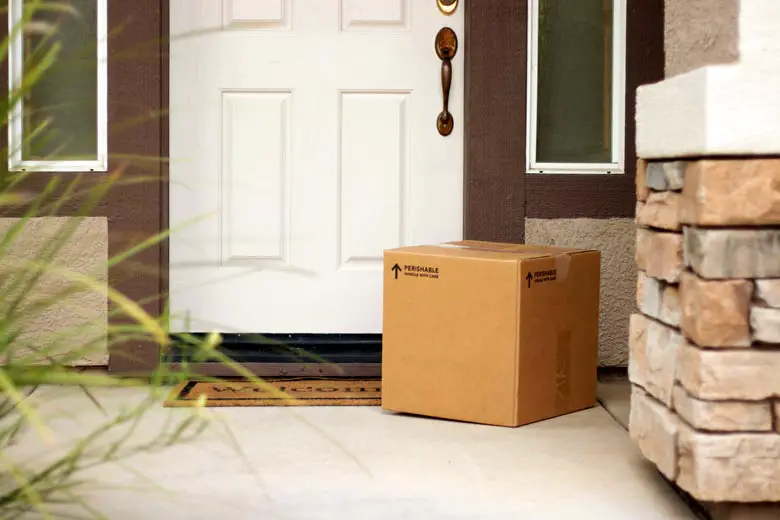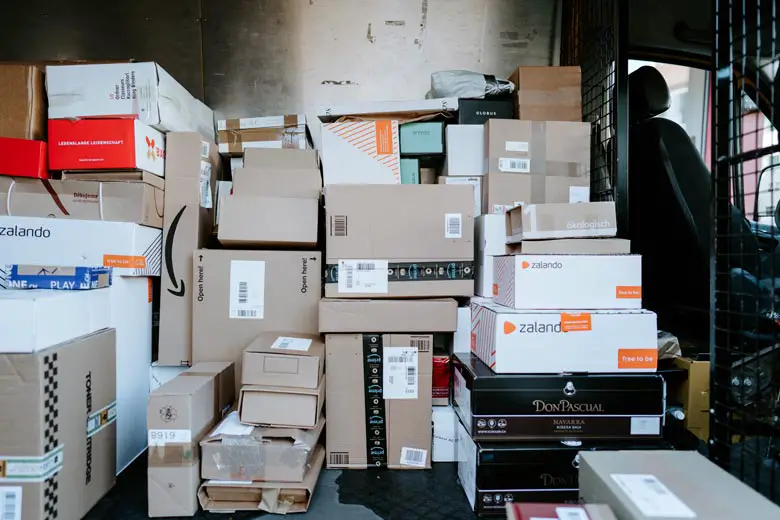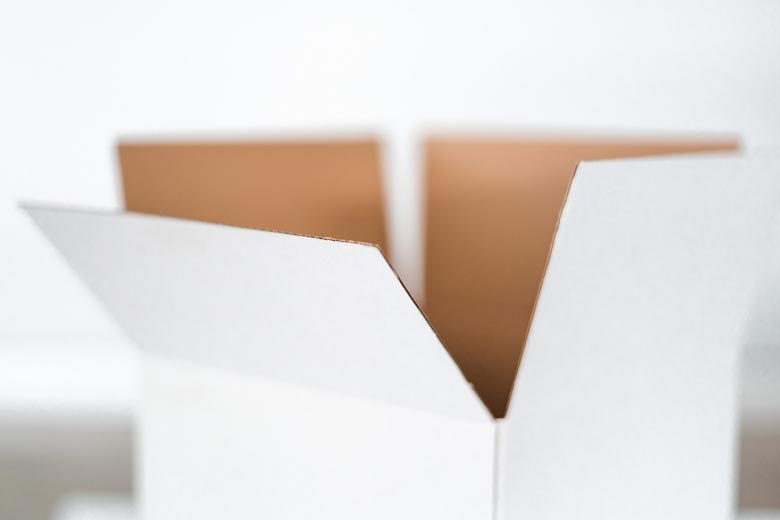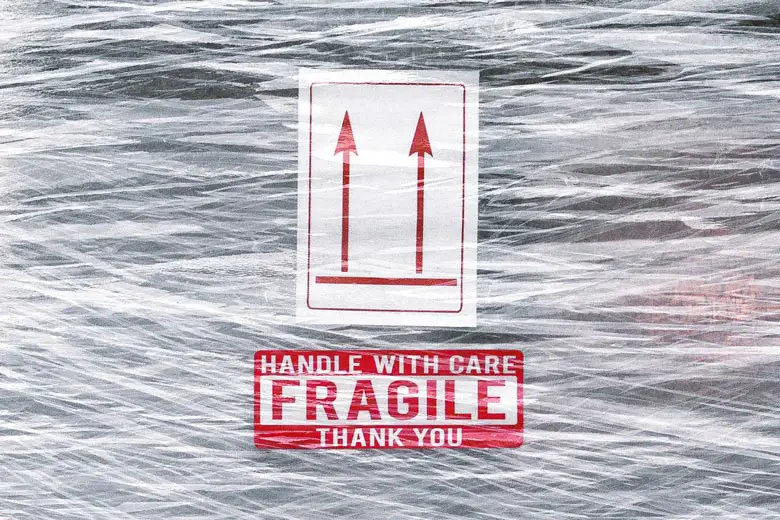When you’re packing your gear for a show, a long tour, or just a move, you’ll inevitably face that awkward moment when you need to figure out how to pack a subwoofer. It’s not that subwoofers are particularly heavy or bulky—although they are. It’s that you don’t want to just throw them in a box and hope for the best.
Here’s how to safely pack a subwoofer for shipping:
- Unplug the subwoofer from the power outlet
- Dust and clean the dirty parts of the subwoofer
- Find boxes of the right size
- Wrap the subwoofer in paper and bubble wraps
- Pack the speakers in the box
- Seal the box
- Label the boxes as fragile
A subwoofer is a large speaker designed to produce low-frequency sound. Big usually means more expensive, which is you want to take special care of it when packing. I’ll break down how to pack a subwoofer step by step.

1. Unplug the Subwoofer From the Power Outlet
Unplugging the subwoofer from the power outlet will ensure no power is flowing to the subwoofer, thus eliminating the risk of electric shock.
Make sure that the subwoofer is unplugged from the power outlet before you attempt to yank it out of its position for packing.
You also have to disconnect it from other connected speakers. Some subs have rather complex connections, and getting them right is next to impossible without something to help you remember where each cable went.
If you are not familiar with the subwoofer connections, you might want to take a photo that clearly shows how it was initially wired up. This will enable you to easily reconnect it once it arrives at the desired destination. Just be sure to do this before you take it all apart.
Once everything is taken apart nice and clean, organize all the speaker cables and secure them tightly using either a cable tie, string, or a rubber band.
This way, you will have an easy time slipping them into the cartons and reduce the chances of leaving some cables out.
2. Dust and Clean the Dirty Parts of the Subwoofer
Your sub can take a beating from the elements, dust, and moisture for years. And since you don’t want to transfer that dust to the subwoofer’s new home, you should clean or dust it before moving.
Many parts of the subwoofer are made of materials that can attract dust.
To do this, use a slightly damp cloth to clean the body of the subwoofer. Be sure to clean all parts thoroughly, the corners and the inside. That’s right—the inside of your subwoofer contains more filth than the outside.
A smooth but gentle wipe on the speaker cone and the outside casing can be enough for now if you don’t intend to go inside the subwoofer’s circuitry.
If you use any solution to clean your subwoofer, check carefully and make sure it dries up.
3. Find Boxes of the Right Size
Subwoofers come in many different sizes, so check your boxes and choose one that fits. I recommend boxes that are 2-3 times bigger than the subwoofer.
Also, consider that the selected box should be strong enough to sustain the subwoofer’s weight.
If you’re packing a subwoofer in a carton box, the first thing to do is not crumple or smash the box itself. That’s just going to make it more difficult for the box to withstand all that pressure and weight.

Let’s be honest: many of us will use an old shoebox just because we can find it lying around the house. But if you want your gear to arrive safely, you need to start with a clean slate and avoid crushing it.
Count yourself lucky if the subwoofer is new and has its original packaging boxes. These boxes are initially made to offer maximum safety, which means you have less to worry about.
If you have issues finding the right boxes, you can search online. Many retailers have cardboard boxes in a variety of sizes.
For the next few steps, you’ll need the following supplies:
- Bubble wrap
- Hot glue
- Tapes
- Permanent markers or labels
- Packing papers
- Plastic bags
4. Wrap the Subwoofer in Paper and Bubble Wraps
Wrapping the subwoofer protects it from both physical damage and dust. It’s a good idea to wrap it in two layers.
You should use packing papers for the first layer.
The papers should be ink and acid-free and very soft to prevent ugly scratches on the body of the subwoofer.
To make the first layer, wrap the packaging paper tightly around the subwoofer and secure it with tape. This layer protects it from dust and dirt and prevents the bubble wrap from ruining the finish of the subwoofer.
The second layer consists of bubble wrap. This will protect the subwoofer from physical damage. The bubble wrap should be wrapped around the subwoofer and secured with tape to keep it nice and firm.
Make sure that the tape doesn’t come into contact with the body of the subwoofer.
Otherwise, the sticky side may ruin the lacquered finish of the subwoofer.
5. Pack the Additional Speakers in Boxes
If your subwoofer is a part of a home theater setup, you shouldn’t forget the other speakers. Often, people forget to pack other speakers carefully. It’s not enough to just put them in the boxes—you have to protect them with bubble wrap, paper, and styrofoam.

Stuffing the speaker boxes with paper helps absorb any small bumps during transport. You can also put small pieces of styrofoam in the box to protect the speaker cones.
Doing this will prevent any scuffs or scratches, and it will also keep the speakers from being damaged during the move.
Once the box is ready, line it inside with bubble wrap before placing your speakers.
Fill the empty spaces with packing papers or bubble wrap to prevent any sudden movement of the speakers during transit.
6. Seal the Box
Once everything is well placed in the box, use plenty of tape to seal it.
Make sure that both the top and bottom panels of the box are securely sealed to prevent the subwoofer from falling out during transit.
Sealing the bottom firmly prevents the box from sinking from the weight of the subwoofer when lifted.
7. Label the Boxes as Fragile
Once the box is sealed, use a permanent marker and label the box as fragile to identify it as one carrying delicate equipment. Be sure to label all the sides.
You’ve seen subwoofers before and how heavy and fragile they are. It should go without saying that you want to take extra care when handling them.

While that kind of packing might work for some, it may not work for you, depending on where your subwoofer is going.
For example, if you live in New York City and have an apartment in Brooklyn Heights with no elevator, you might not want to use foam peanuts—lugging your gear up nine flights of stairs will be more than enough of a workout for one day. Instead, try packing a subwoofer with heavy-duty moving blankets or bubble wrap.
Here are a few tips to keep in mind:
- Use double boxes if the subwoofer seems very fragile.
- Make sure your box has a strong base that can withstand the weight of the subwoofer.
- Ship each subwoofer in its own box and avoid placing more than one subwoofer in a box.
- Use plastic bags to wrap your subwoofer to protect its inner parts from dust and dirt.
- Make sure that your subwoofer does not move while in the box.
- Use a box that is 2 to 3 times bigger than the subwoofer’s diameter.
- Avoid using packing peanuts. They won’t offer much protection for your subwoofer.
How To Pack Your Speakers for Shipping
Now that your subwoofer is packed and ready to go, don’t forget to pack your speakers.
There’s more to shipping speakers than just throwing them in a box and calling it good. When you ship speakers, you want them to arrive in pristine condition, ready to play as soon as possible. This means you need to package your speakers carefully to prevent damage during transit.
Here’s everything you need to know about packaging your speakers for shipping:
1. Wrap Your Speakers With Paper and Bubble Wrap
While you may have your heart set on crating your speakers, you may not want to use heavy-duty tape or plastic wrap to protect them.
Take extra care when wrapping your speakers. Not only do you want to protect them from damage, but you also want to prevent any moisture from getting to them.
Moisture can ruin your speakers, crack finishes, and even damage electronics within a cabinet. There are many different types of wrap you can use, including cloth, paper, and even foam protectors.

2. Securely Pack Your Speakers in a Box
When securely packing your speakers, you want to do the same thing you’d do when packing a subwoofer or tv set.
You want to use plenty of padding, but you also want to include plenty of protection against damage.
Packing a speaker cabinet can get messy, and it’s easy to pack a few out of place. To keep your cabinets secure, you can use foam pads to fill in any extra space and protect your speakers from damage.
3. Add Protection to the Box
Foam pads will not only protect your cabinets from damage during shipping, but they’ll also help keep your cabinets from moving around too much inside the box.
Depending on the size of the box you’re using, you can add extra packing peanuts to help provide padding and protect your cabinets from damage.
If you’re looking for more than just a few extra inches of padding, you can opt for a protection pad.
A protection pad is usually made of foam and is designed to keep boxes from crushing or damaging your speakers during shipping.
Protectors come in different sizes, shapes, and thicknesses, so it’s easy to find one that’s right for your shipment’s destination.
4. Keep the Total Weight to a Minimum
It’s easy to get carried away with padding and protection when it comes to shipping your speakers. However, you don’t want to add too much extra weight to your shipment.
The weight of your speaker cabinets will add up, and if your shipment isn’t properly weighed down, it could cause damage to your speakers during transit.
5. Protect Your Speakers During Shipping
There’s a lot more to protecting your speaker cabinets during shipping than placing foam pads around them. If a shipment arrives with your cabinets dented, scratched, or broken, you need to let the shipper know.
So, how do you properly protect your cabinets during shipping?
- Make sure your cabinets are packaged correctly. You want to ensure that there is enough packing to protect your cabinets from damage during transit. You can use multiple layers of foam, paper, or even cardboard to keep your cabinets safe during transit.
- Check that your shipment is properly weighed. The shipping company should be required to weigh your shipment, and if they don’t, you can request that they do. If the truck isn’t properly weighed down, your cabinets could be damaged during transit.
- Keep your cabinets as protected as possible during transit. If you followed the previous steps, you should have this nailed down.
Watch this video for more tips on speaker packing:
Final Thoughts
These few steps should help you package your subwoofers safely the next time you plan on moving them.
The extra work of having to wrap your speakers in cloth and bubble wrap may seem like an unnecessary chore, but you don’t want your expensive sound equipment to be damaged in transit.
If you are not sure how to box your speakers up, you can always ask a professional to help you. You don’t have to worry about damaging them, as long as you are careful.
